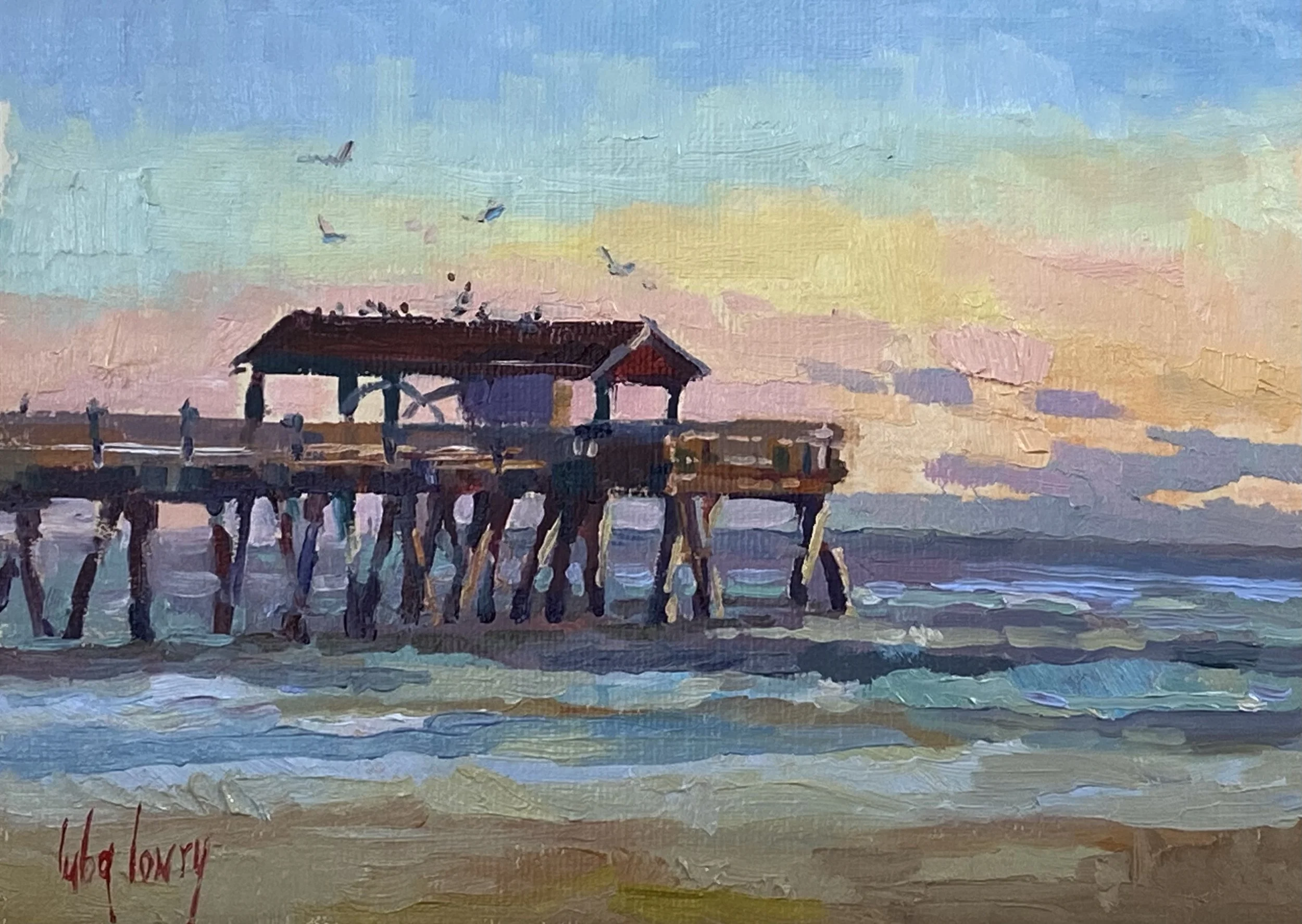#157: Savannah's Playground: The Tybee Island Pier and Beach
"The only way human beings can win a war is to prevent it."
—George C. Marshall
Savannah's Playground: The Tybee Island Pier and Beach
Tybee Island is one of the few places on Earth where the US Air Force accidentally dropped a hydrogen bomb. But not to worry—the bomb did not detonate. (Although, it was never found or recovered.)
For some time, the Tybee Island Lighthouse (see PFS-156) was the exclusive structure built on Tybee Island. No one knows the exact origin of its name, but the most common explanation is that Tybee is the Euchee Indian word for salt. Native Americans long fished the area's salt waters and harvested the abundant oysters and clams in the surrounding salt marshes.
Spanish explorers arrived in the early 1500s and made claims, while French ships landed on the island in search of sassafras trees. Serious consideration of any military value of Tybee awaited the arrival of General James Oglethorpe to establish the Georgian Colony, thereby expanding and protecting the growing English Empire of colonies to the north. The American Revolution put an end to British claims.
Tybee Island began taking on its reputation as Savannah's playground after the Civil War. Steamships began frequent drop-offs of passengers for the day, advertising the healthful benefits of swimming in the salt water and breathing the island's salty air.
Soon enough, seaside resorts began development on Tybee Island as a summer destination for vacationers. In 1885, local entrepreneur Captain Daniel Purse designed an embankment strong enough to sustain the weight of a train traveling through the marshland between Savannah and Tybee. And the rest, as they say, was history. Tybee Island was now within easy access for the masses.
In 1888, the Tybee Beach Company began building the lavish Tybee Hotel, which completed its construction in 1891. The year before, the Central of Georgia Railroad finalized its line from the city to the island, quickly making Tybee Island one of Georgia's most popular vacation destinations. Land sales became hot, and more people sought the island for vacation homes.
Mother nature would wreak its revenge, however. Hurricanes in 1893, 1896, and 1898 would devastate the island and its hundreds of new residents. Hotel Tybee managed to survive the storms (although later fire would raze the structure in 1908), but the railroad and several other resorts were destroyed and forced to rebuild. Most island resorts were open from May through September. But businesses followed the vacationers and soon churches and the Tybee School were built for the employees.
When the Dixie Highway connected the American Midwest to the American South by the 1920s, Tybee became an attractive road stop between Michigan and Florida. The Tybee Roadway, completed by 1923, included five steel bridges, and hundreds of millions have since stopped to visit the island.
An interesting footnote in the history of Tybee Island was made in 1932 when George Catlett Marshall took command of Fort Screven, located nearby the Tybee Lighthouse. The Fort was an additional military installation planned on Tybee Island for decades but only completed after the American battleship Maine was sunk in Havana Harbor, beginning the Spanish-American War.
Fort Screven never saw military action but served as Marshall's headquarters for the Civilian Conservation Corps (CCC), a popular New Deal relief program President Franklyn Roosevelt established during the Great Depression. Colonel Marshall was recognized for his management skill and became Army Chief of Staff during WWII and led the Marshall Plan to help Europe's recovery after the war.
Tybee Island would play a role in the Centennial Olympic Games held in Atlanta by hosting the Olympic sailing competitions (see PFS-111 and see PFS-113). Here I painted the Tybee Pier en Plein air, completed before the Olympic Games opened in the summer of 1996.



